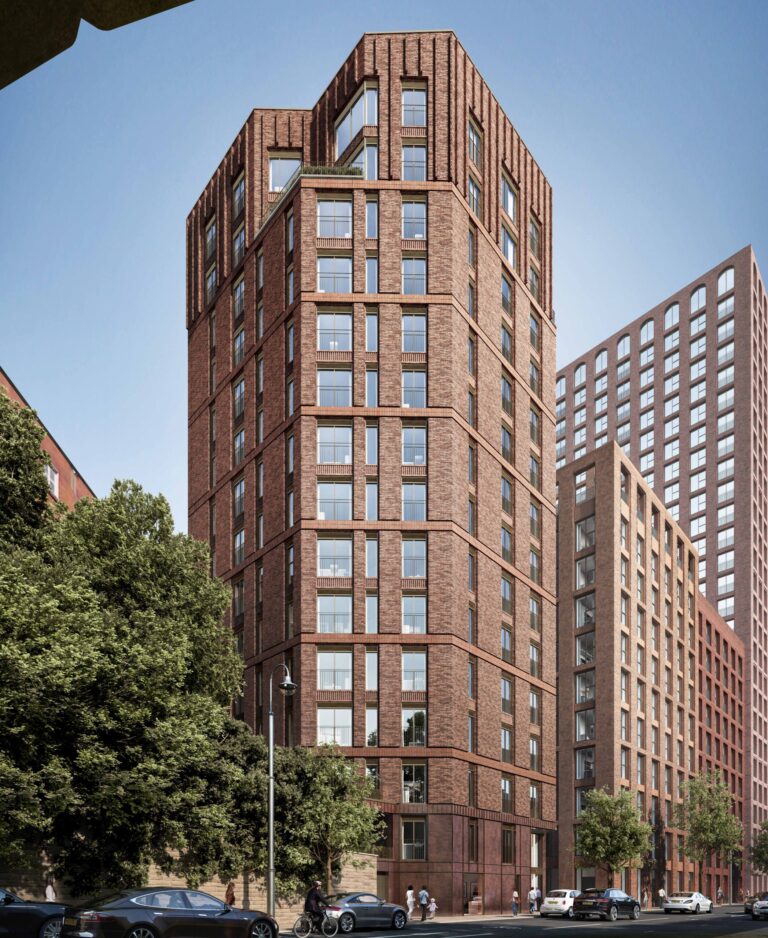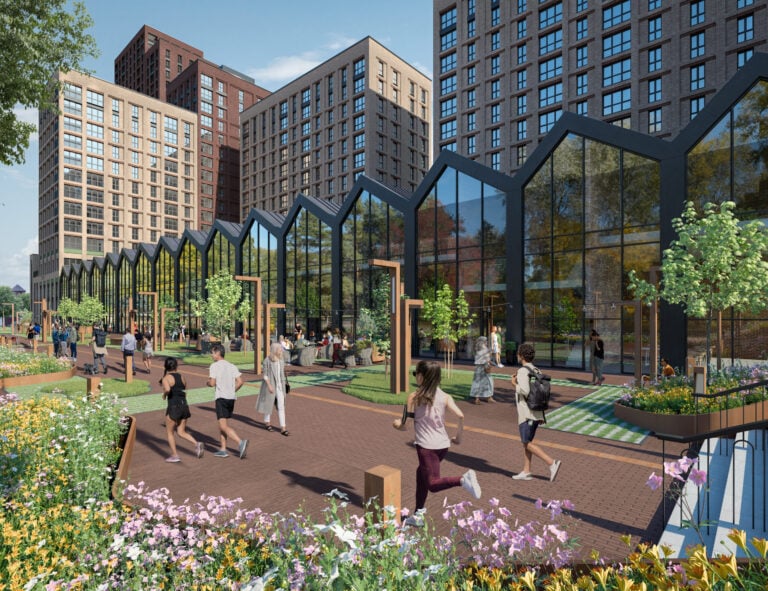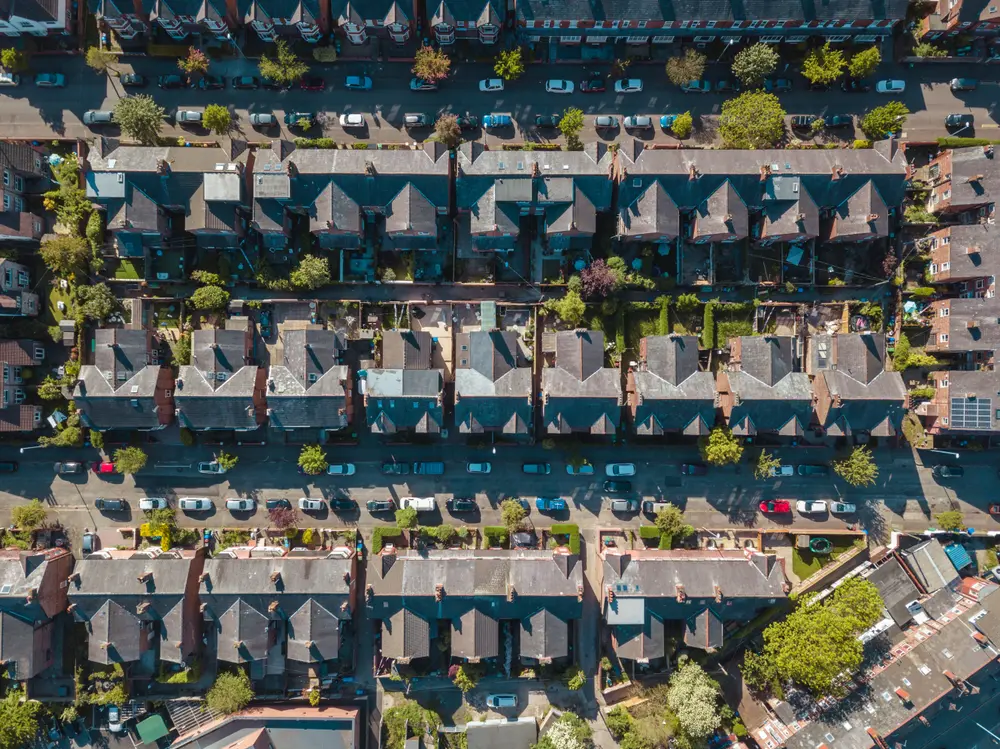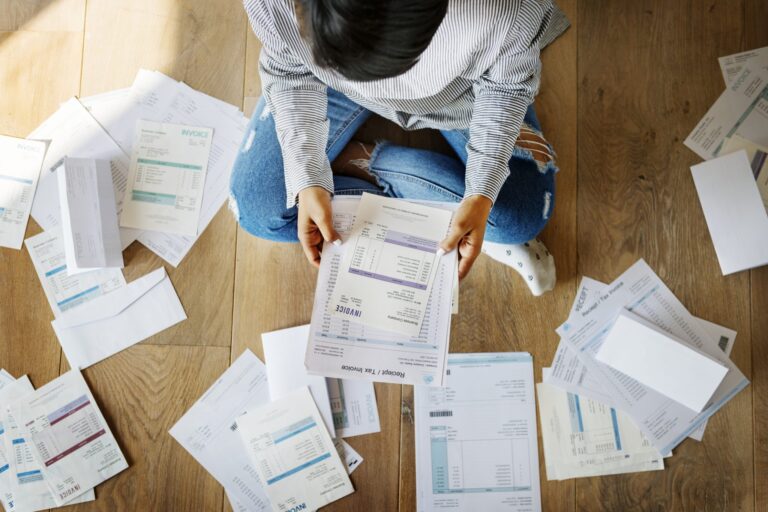With UK house prices rising by 3.9% in the 12 months to May according to the latest figures, property investors are taking a strategic approach when it comes to location.
The latest report from the Office for National Statistics (ONS) covering sold property prices in May has revealed a 3.9% annual surge on average, rising to more than 6% in some parts of the UK.
This growth marks a return to a more stable pace of inflation in the housing market, while a rise in the number of properties listed for sale has created more of a buyer’s market that is price-sensitive.
While the average homeowner will have seen £9,000 added to their property’s value over the past year, there are wide fluctuations depending on your property type as well as your location – and this is key for property investors seeking to maximise their returns.
Increasingly, property investors are honing in on more affordable but promising locations for capital appreciation. This puts much of the North of England into the hot seat, where price rises have been the strongest for some time.
What about rents?
For property investors, keeping an eye on rental market movements is another important strategy when selecting the best location. Being agile and directing attention to the strongest rental areas can mean greater returns.
The ONS’s index shows that rental price rises continue to surpass house price growth, with average rents rising 6.7% over the past year in the UK. But while average rental inflation was strongest in the North East – with a 9.7% spike – it was lowest in Yorkshire and the Humber, rising 3.5%.
According to comments from Jonathan Hadfield, managing director at Fine & Country, today’s announcement that inflation as measured by the CPI had risen by 3.6% might lead to more pressure on the rental market, which could push prices up further.
“A surprise rise in inflation announced today could halt the Bank of England’s plans to accelerate rate cuts, which could deter potential buyers from searching for mortgages right now, however, the costly rental market, which continues to rise, still makes buying a home a more attractive option,” he said.
A balancing act for property investors
For property investors navigating the market at the moment, keeping an eye on house and rental prices is only one part of the puzzle. The mortgage market continues to be uncertain, although rates have been moving downward over recent weeks.
According to Darrell Walker, group sales director at Chetwood Bank for ModaMortgages and CHL Mortgages for Intermediaries, market sentiment remains “broadly positive” although wider circumstances make this slightly fragile as momentum has slowed since March.
“Much of this reflects how buyers and investors have become more selective, seeking opportunities that balance short-term value with long-term potential,” he added. “It’s a clear sign that we’re still in a buyers’ market, shaped by elevated borrowing costs and ongoing uncertainty around the Bank of England’s next move.”
The fact that prices continue to rise shows that demand is certainly still there among homebuyers and property investors, but the lending environment plays a big part.
Walker adds that “bespoke, flexible solutions” from lenders are needed to help brokers and clients capitalise on emerging opportunities. “By doing so, lenders can help the market move forward with confidence, regardless of what the Bank of England’s next decision may be.”
Looking again at stamp duty
The stamp duty change that took effect in April – where the government reverted thresholds and rates back to previous levels, hiking the tax bill for many buying property – was expected to have a stalling effect on the housing market.
However, many commentators have noted that the effect has been relatively minimal, as demand continues to outweigh supply, and falling mortgage rates since then have boosted affordability at a time when it was greatly needed.
For property investors, stamp duty is another cost to factor in, and the increase has led to a stronger focus on top-performing, high-yielding locations where good returns are still possible.
Nathan Emerson, CEO of Propertymark, commented on the impact of the change: “There are many reports suggesting that the Stamp Duty hikes commencing from April this year are having a negative effect as some people are paying between £6,000-£12,000 more in charges, and there are even calls for more flexible Stamp Duty payment options too.
“Though this tax was increased to help balance the UK’s finances, other reports suggest these increases are deterring aspiring homeowners. The UK Government should listen to those working in the industry who are noticing the negative consequences this policy is having.”










